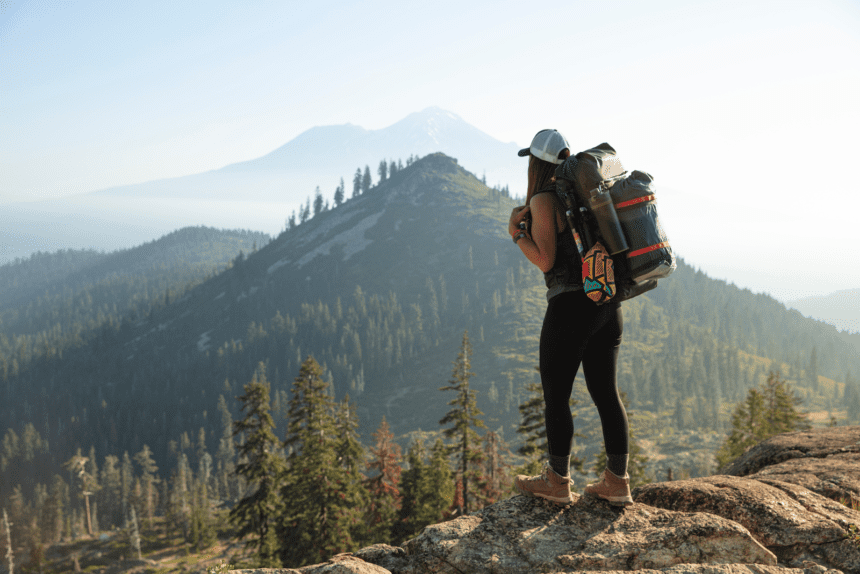Now that we have fully entered the season of spring, we should be ready for outdoor adventures and fun. Spring hiking is surely a unique experience that involves blooming wildflowers, lovely landscapes, and good temperatures that ensure you can enjoy the beauty and peace of nature. But spring hiking also has its challenges that you should be aware of before you go on this adventure. In this article, we’ll tell you all you need to know about spring hiking, so that we make sure you are prepared to enjoy a stress free experience.
hiking Trail conditions
If you’re an experienced hiker, you know that you must always check trail conditions before planning a hike. But for the beginners, we’re here to tell you. Spring is a transition period where trails could still be recovering from winter conditions such as snowmelt, muddy patches, and even some areas with ice. Before going on a spring hike, make sure you research trail conditions and check local hiking forums or websites for recent trail reports and updates.
During this time of year, be prepared for uneven terrain, slippery surfaces, and potential stream crossings due to increased water flow from melting snow and spring rains. Wearing sturdy waterproof hiking boots with good traction is essential for navigating different trail conditions and will ensure your safety.
Essentials
Layered clothing: Dress in layers to regulate body temperature as weather conditions might change throughout the day. Start with a moisture-wicking base layer, add an insulating layer such as a merino wool sweater. Merino wool is perfect for outdoor activities as it will keep you warm, while allowing your skin to breathe. You can find some wool sweater options here: https://www.gaelsong.com/prod_detail_list/apparel-knitwear Top it off with a waterproof and windproof top layer.
Hydration and nutrition: Pack a good supply of water or a hydration bladder to stay hydrated during your hike. Ensure you have some energy-boosting snacks like trail mix, energy bars, and fruits to stay energized during your hike.
Navigation and safety tools: Bring a map, compass, or GPS device to easily navigate trails, especially in areas with limited cell phone reception. Carry a first aid kit, whistle, flashlight or headlamp, multi-tool, and emergency shelter for unexpected situations.
Wildlife awareness and conservation
Spring is also a time of increased wildlife activity as animals come back from winter hibernation or migration. Be aware of the wildlife dangers and only observe animals from a safe distance, avoiding feeding or approaching them, and always respecting their natural habitat. Stay on the marked trails to ensure you don’t disturb wildlife and fragile ecosystems. Leave no trace by packing out all trash and taking it with you as you don’t want to ruin the next people’s experience.


Leave a Reply